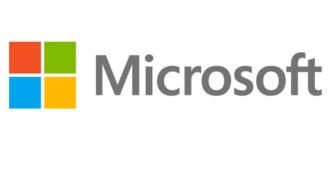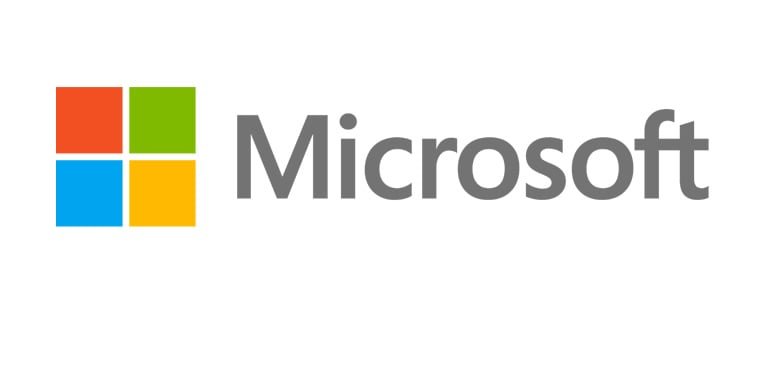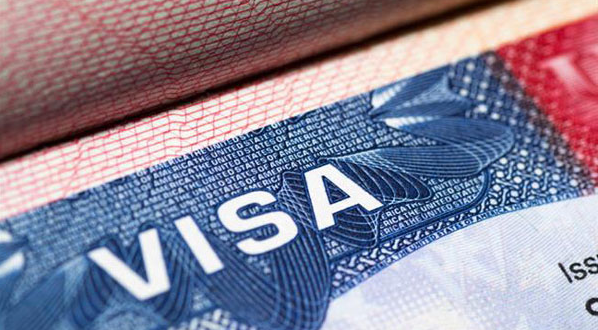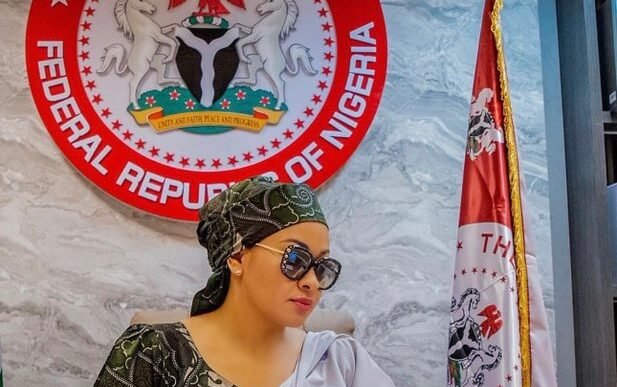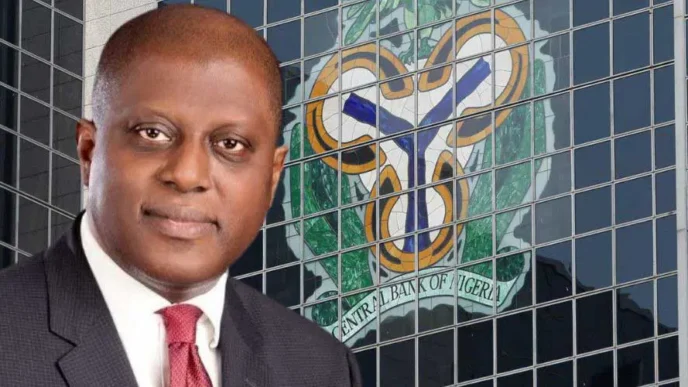In a landmark shift for the world of personal computing, Microsoft has officially ended support and updates for Windows 10, the operating system that has powered hundreds of millions of devices globally since its launch in 2015. The move marks the end of an era, forcing millions of individuals, businesses, and institutions to make difficult decisions about upgrading, replacing, or securing their digital infrastructure.
With Windows 10 updates discontinued, users are now left facing increased cybersecurity risks, compatibility issues, and economic considerations. For many, the choice is stark: migrate to Windows 11, consider alternative operating systems, or remain on an unsupported system at their own risk.
A Decade of Windows 10
When Microsoft unveiled Windows 10 in July 2015, it was marketed as the company’s “final version of Windows”—a constantly updated platform designed to unify PCs, tablets, and even Xbox consoles under one ecosystem. Its features, including the return of the Start Menu, the introduction of Microsoft Edge, and a more streamlined interface, quickly won over users who had been critical of the earlier Windows 8.
For nearly a decade, Windows 10 dominated the PC market. As of 2025, estimates suggest that more than 600 million devices worldwide were still running the OS, making it one of the most widely used software systems in history.
Why Microsoft Pulled the Plug
The end of Windows 10 support is not entirely unexpected. Microsoft typically offers a 10-year support lifecycle for its operating systems, and Windows 10 has now reached the end of that window.
Several key factors influenced Microsoft’s decision:
- Transition to Windows 11
Launched in 2021, Windows 11 introduced a sleeker design, enhanced security features, and greater integration with cloud services. Microsoft wants users to transition fully to its newest OS, which is also optimized for modern hardware. - Focus on Security and AI
Microsoft has invested heavily in artificial intelligence, cloud integration, and advanced security protocols. Supporting older systems like Windows 10 diverts resources from these next-generation technologies. - Hardware Compatibility
Many older PCs running Windows 10 are not compatible with Windows 11’s stricter system requirements, such as the need for a Trusted Platform Module (TPM 2.0). By ending support, Microsoft is pushing the global user base toward newer, more secure devices.
What “End of Updates” Means
With the official end of support, Microsoft will no longer release security patches, bug fixes, or performance updates for Windows 10. This creates several immediate risks:
- Cybersecurity Vulnerabilities: Unsupported systems are prime targets for hackers who exploit unpatched weaknesses.
- Software Incompatibility: Over time, new applications and updates to existing software will stop supporting Windows 10.
- Hardware Driver Issues: Device manufacturers will gradually stop releasing drivers for Windows 10, limiting hardware functionality.
- Compliance Risks for Businesses: Companies in regulated industries may face penalties if they continue using unsupported software.
Millions Left Behind
The biggest challenge is that millions of PCs worldwide cannot upgrade to Windows 11 due to hardware limitations. Microsoft’s requirement for modern processors and TPM 2.0 excludes many machines that are otherwise functional.
For users in developing countries, schools, and small businesses with limited resources, the cost of replacing hardware poses a significant burden. Analysts warn that this could widen the global digital divide, as wealthier regions upgrade smoothly while others struggle to maintain outdated systems.
The Choices Ahead
For individuals and organizations still on Windows 10, several paths remain:
1. Upgrade to Windows 11
The most straightforward option for those with compatible hardware is upgrading to Windows 11. Microsoft has provided free upgrades for eligible devices since its release, though some users report compatibility or performance concerns.
2. Buy New Hardware
For those with incompatible PCs, purchasing a new device preloaded with Windows 11 may be necessary. This, however, comes with a financial cost that not all users can afford.
3. Switch to Alternatives
Some users are considering alternatives such as Linux distributions (Ubuntu, Fedora, Mint) or Apple’s macOS, though these options come with a learning curve and compatibility trade-offs.
4. Stay on Windows 10 (At Your Own Risk)
Users can continue running Windows 10, but doing so leaves them vulnerable to cyberattacks and gradually obsolete software. Experts strongly caution against this option, especially for businesses handling sensitive data.
Security Experts Warn of Looming Threats
Cybersecurity professionals have raised alarms about the potential fallout of millions of unsupported devices remaining online.
“Hackers thrive when software reaches end of life,” warned Dr. Emmanuel Adeyemi, a cybersecurity consultant. “We will likely see a surge in malware and ransomware targeting Windows 10 users who fail to migrate. The risks are not hypothetical—they are real and imminent.”
Major antivirus companies have pledged to support Windows 10 for a few more years, but without Microsoft’s updates, the protection will remain incomplete.
Industry and Business Implications
For corporations and government agencies, the end of Windows 10 presents both logistical and financial headaches:
- Cost of Upgrades: Migrating thousands of machines to Windows 11 requires budget reallocations, IT support, and staff training.
- Downtime Risks: Transitioning systems can disrupt workflows if not properly managed.
- Legacy Applications: Many businesses still rely on older software optimized for Windows 10. Moving to a new platform may require rewriting or replacing critical applications.
Some larger enterprises have reportedly negotiated extended support agreements with Microsoft, though these come at steep costs, further underscoring the challenges faced by smaller organizations.
Public Reaction
Reactions among everyday users have been mixed:
- Frustration: Many express anger at being “forced” to buy new hardware, accusing Microsoft of planned obsolescence.
- Acceptance: Some welcome the transition, seeing it as a natural evolution in tech.
- Exploration of Alternatives: Online forums show growing interest in open-source operating systems like Linux, as users seek cost-free solutions.
The Bigger Picture: Microsoft’s Vision
Microsoft insists that the shift is part of a broader vision to create a secure, AI-driven future of computing. By focusing resources on Windows 11 and its successors, the company aims to deliver stronger cybersecurity, seamless cloud integration, and support for cutting-edge technologies.
A Microsoft spokesperson said:
“Windows 10 has served the world well for nearly a decade, but technology must evolve. We encourage all users to move forward with us into a more secure and innovative computing era.”
Conclusion
The end of Windows 10 updates marks a turning point in digital history. For millions, it is a call to adapt, upgrade, or reconsider their relationship with technology. While some will embrace Windows 11 and beyond, others may resist, citing cost, compatibility, or principle.
One thing is clear: the decision will reshape the computing landscape, with far-reaching consequences for cybersecurity, business continuity, and global access to technology. As users weigh their options, the legacy of Windows 10 as one of the most widely used—and loved—operating systems will remain etched in the history of personal computing.

